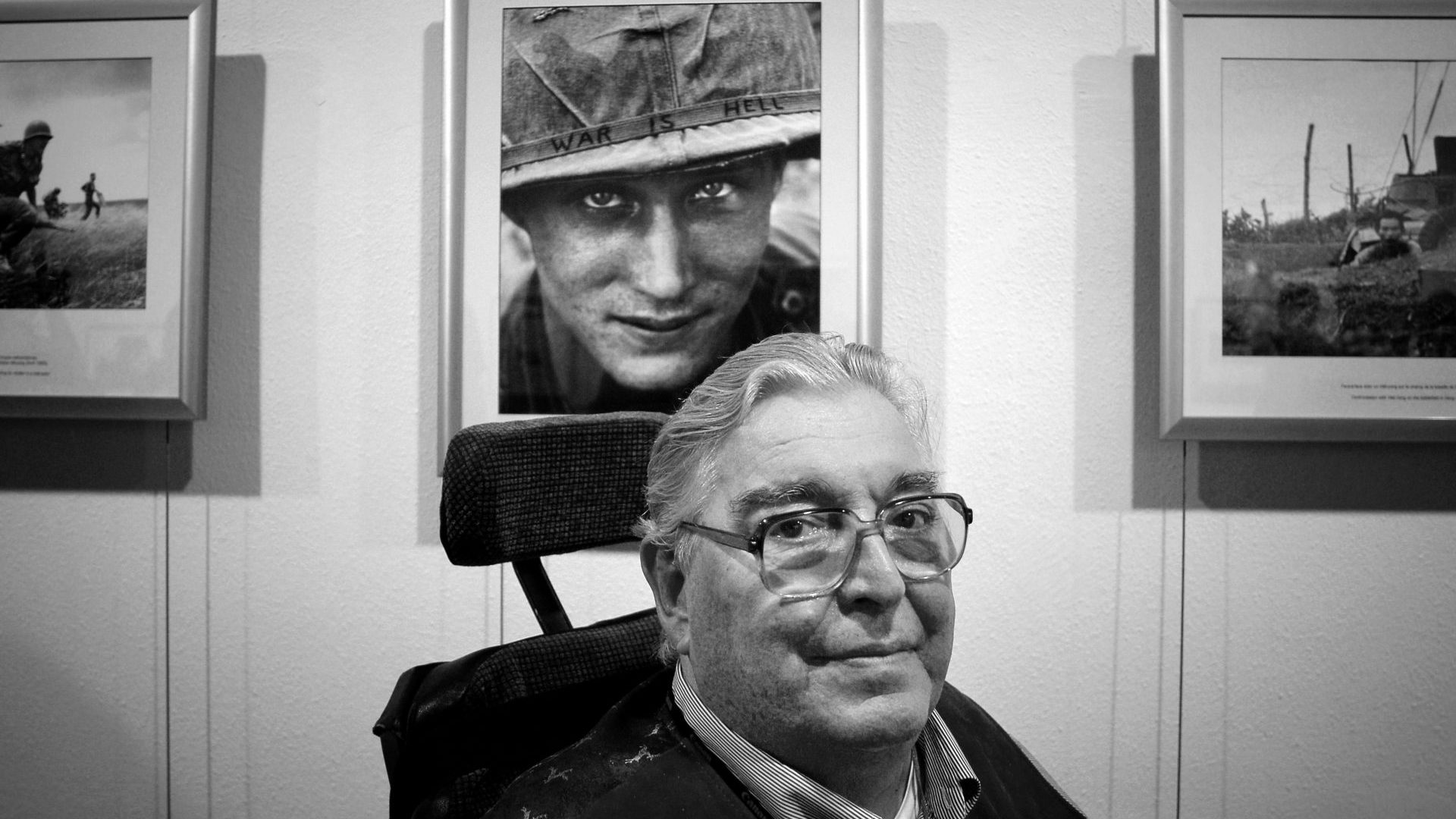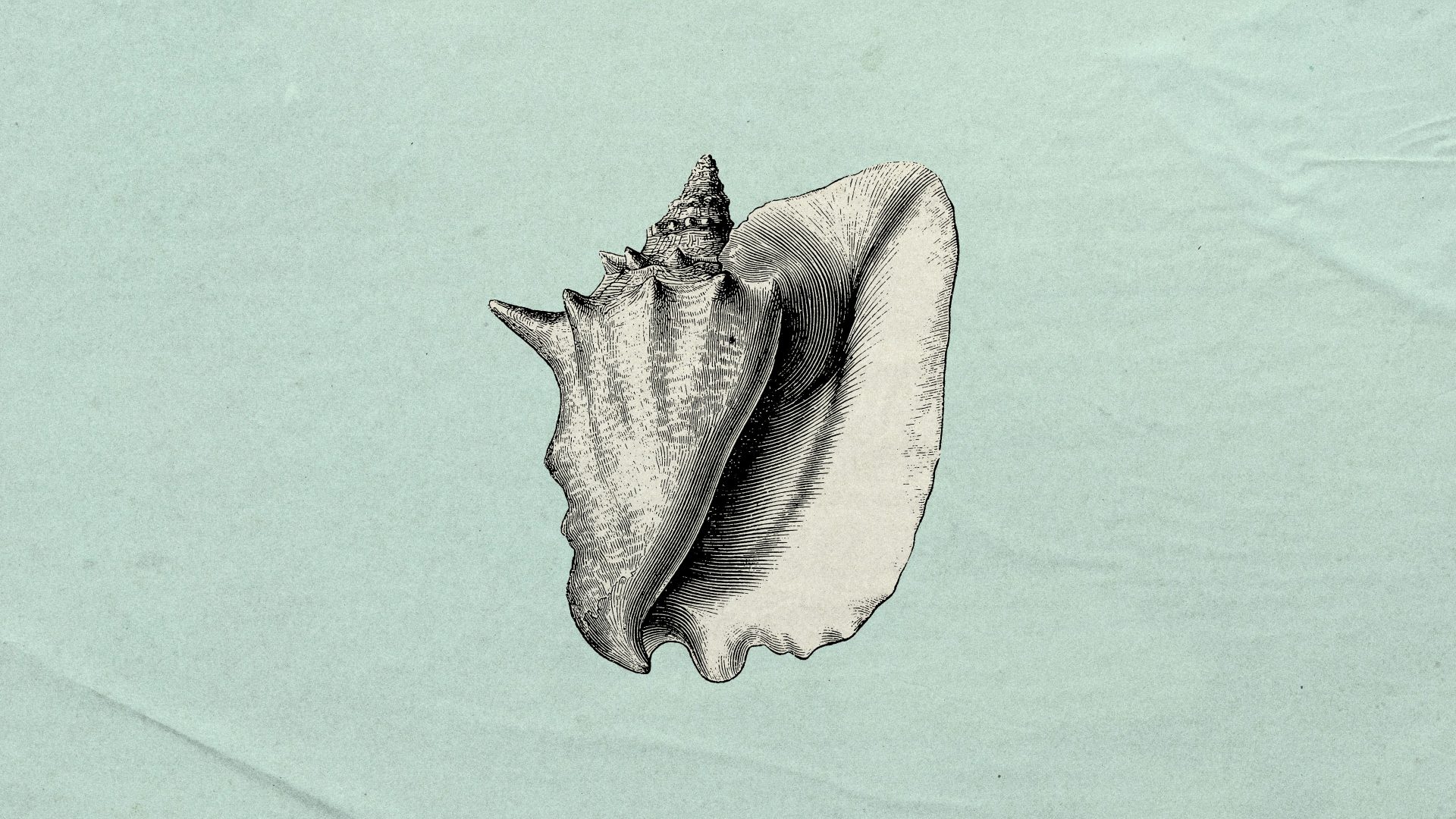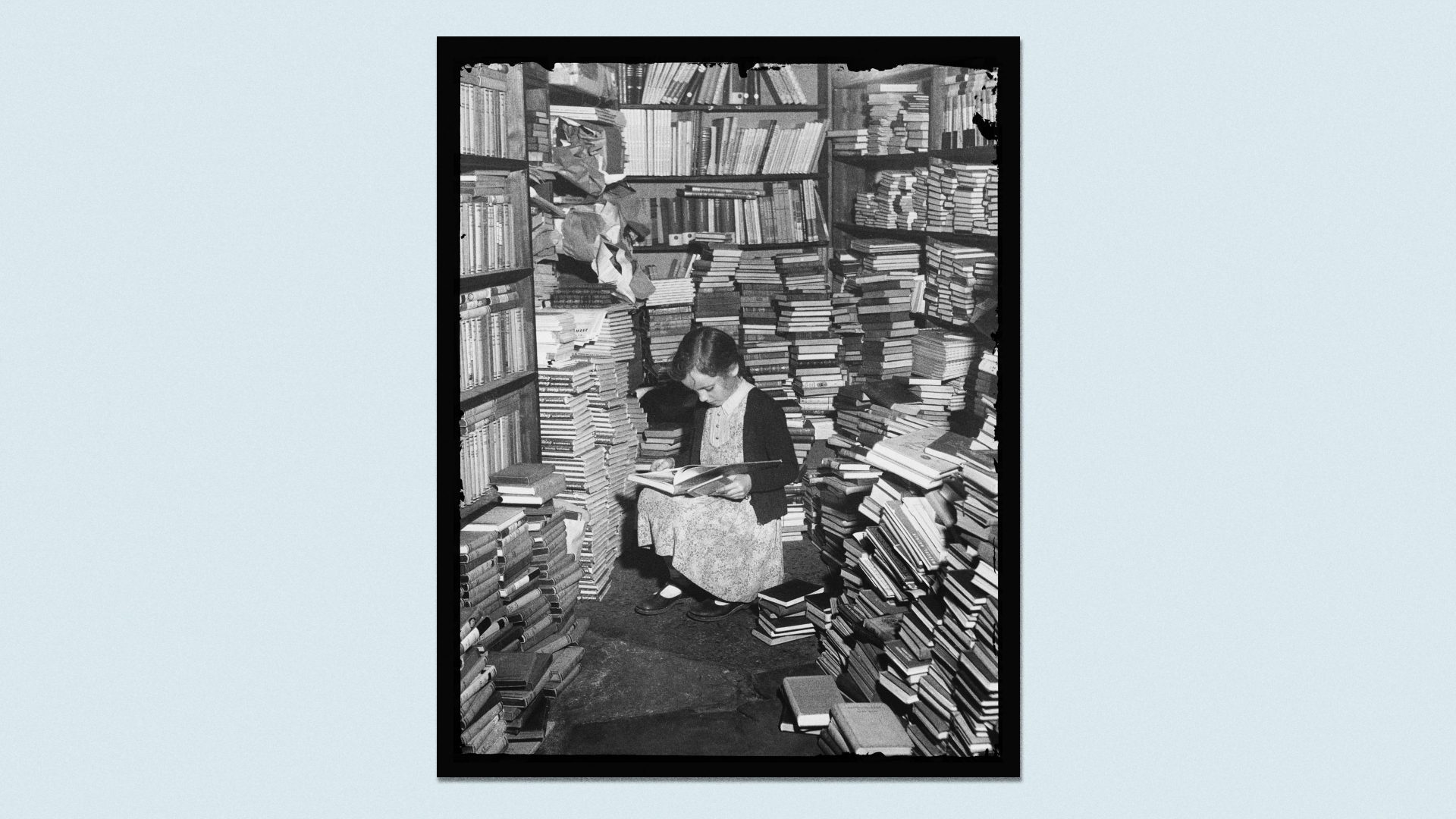“I think my best war photos have always been made when a battle was actually taking place, when people were confused and scared and courageous and stupid and showed all these things,” wrote Horst
Faas. “When you look at people right at the very moment of truth, everything is quite human.”
Since the first Gulf war, we have become used to viewing conflict through
moving pictures. From silent, green-hued satellite footage of targeted drone
strikes in the desert to footage lurching between ground and sky, the clothing-muffled sound of frantic breathing and glimpses of flame and smoke in eastern Ukraine, war is more documented than it’s ever been.
Yet for all its immediacy, for all its touch-of-a-button distribution in high-definition to a global audience, what this kind of coverage fails to do is tell a wider story. The most captivating and thought-provoking images of war will always be still photographs and to date, the best of those were taken during the Vietnam conflict.
War is chaos, heat, terror, noise, sweat and permanently heightened senses, with death a constant and random presence. Only the very best photographers can capture all that in a single image and the German photographer Horst Faas was one of them, working in conflicts from Congo
to the West Bank, but most famously in Vietnam.
A pilot fleeing a crashed helicopter, small children cowering in a river looking up in awe at an American soldier aiming a grenade launcher, a lieutenant mortally wounded by a sniper bullet grimacing with dignified resignation at his imminent demise, a Vietnamese man holding up the body of a dead child to a truck loaded with soldiers: each Faas picture told a story that said more about the conflict than hours of footage and thousands of words ever could.
As the Associated Press’s picture editor in Saigon, Faas was also able to
commission and encourage other young photographers, sending “Horst’s Army” into the field, from young Vietnamese men to American GIs, as well as publishing some of the greatest war images ever taken by some of the best
news photographers ever to wield a Leica.
Faas was a child of war. Born in Berlin a few weeks after Hitler came to power, among his earliest memories was “the fascinating spectacle of anti-aircraft action in the sky” during Allied air raids, as well as having to regularly “stand at attention in school and listen to an announcement that the father or older brother of a classmate had died for Führer and Fatherland”.
As Russians approached Berlin in the last days of the war, Faas’s mother (his
father was away at the Eastern Front) fled south with her family, settling in Munich where by 1950 a teenage Faas was playing the drums for a GI jazz band at night and working in the darkroom at the Munich office of the Keystone agency by day.
It was there, watching images materialise in the darkness in front of him, that he fell in love with the magical possibility of news photography. In the
silence of the darkroom, he stared at these stilled moments, awed by their
intimacy, captivated by the wider stories being told.
Within three years he was a photojournalist himself and one of his first major assignments was the 1954 Vietnam Peace Conference in Geneva. Little did he know just how significant that country would become to his life and career.
His first experience of conflict came in 1960 when he travelled first to the civil war in Congo, then the Algerian war of independence, forging a reputation for courage under fire that won him respect among fellow photographers and combatants.
In June 1962 he was assigned to the Associated Press bureau in Saigon as
both war photographer and picture editor, where he would remain for the
next eight years then make regular return visits as the AP’s Singapore-based
Asia editor until the mid-1970s.
It was as a picture editor determined to show the unadulterated reality of war that Faas was able to propagate two of the defining images of the 20th century. The first was Eddie Adams’ 1968 image of the Vietnamese chief of police shooting a suspected terrorist in the head on a Saigon street.
“I saw something that I had never encountered before on the lightbox of my
office in Saigon: the perfect photograph — perfectly framed, perfectly exposed, a still image which, I realised, would become the symbol of the brutality of the Vietnam war,” said Faas.
Four years later he released the image of nine-year-old Kim Phuc, tearful and
naked as she fled a napalm attack on her village. This shot was taken by Faas protege Nick Ut, whose older brother Huynh Thanh My had been killed in 1965 on photographic assignment for Faas’s AP bureau.
Both photographs won Pulitzer prizes, an honour bestowed twice on Faas himself, in 1964 for his work in Vietnam and in 1972 for his photographs of
fighting in Bangladesh.
His desire to be close to the action almost cost him his life when in 1967 he
was struck in the legs by shrapnel from a rocket-propelled grenade close to the Cambodian border. Only quick thinking by a nearby US army medic prevented Faas from bleeding to death.
He didn’t need a close encounter with his own mortality to appreciate the danger and risk he and his colleagues faced every time they went on assignment. Faas would never send a young photographer into the field unless he was sure they were ready, but the inevitable deaths hit him hard. He was in the US on AP business when he learned Huynh Thanh My had been killed and colleagues remembered him folding his arms around his head and weeping uncontrollably.
He would never forget those who were left behind. In 1998 he returned to Vietnam with fellow photographer Richard Pyle, accompanying a Pentagon
unit tracing missing US servicepeople searching for the location of a 1971
helicopter crash that claimed the lives of four press photographers of Faas’s
acquaintance. They were able to recover human remains among the buried
wreckage as well as broken camera parts and film canisters, allowing some
semblance of a dignified burial a quarter of a century on.
At a 2005 event on the roof of a Saigon hotel to mark 30 years since the end of
the war, Faas suffered a blood clot on his spinal column that left him wheelchair-bound for the rest of his life but he still travelled the world staging exhibitions and lecturing to packed halls. He stressed to new generations the importance of capturing a moment to be contemplated quietly far from the noise, chaos and fear that for the participants represented the whole world in one instant.
He couldn’t emphasise enough the importance of showing humanity at its
most raw with all the rage, fear, courage, vulnerability and innocence on which warfare feasts.
“You take a picture at this moment with all the mistakes in it, with everything that might be confusing to the reader,” he said, “but that’s exactly the right photo.”




